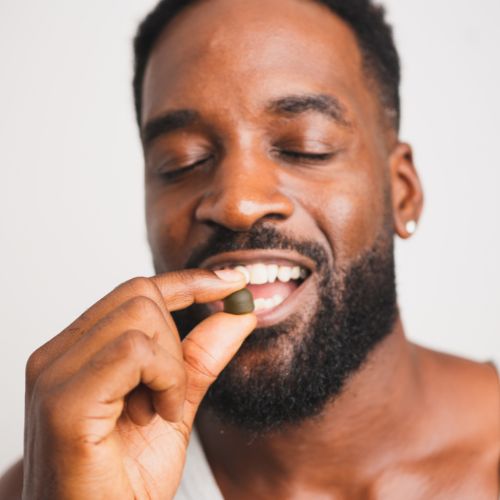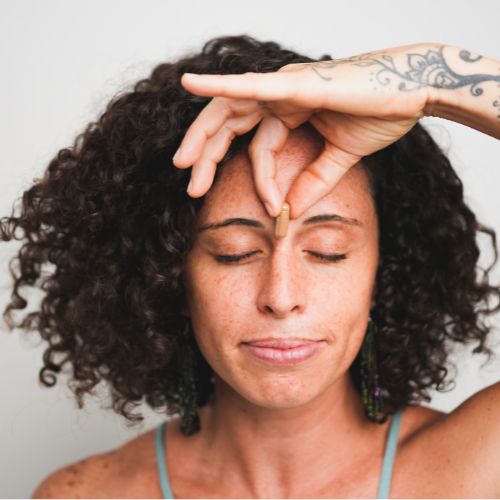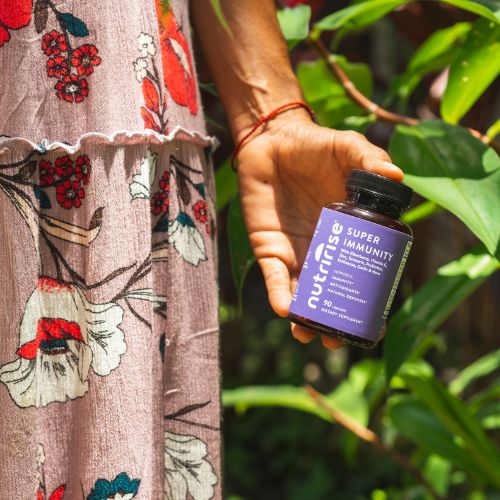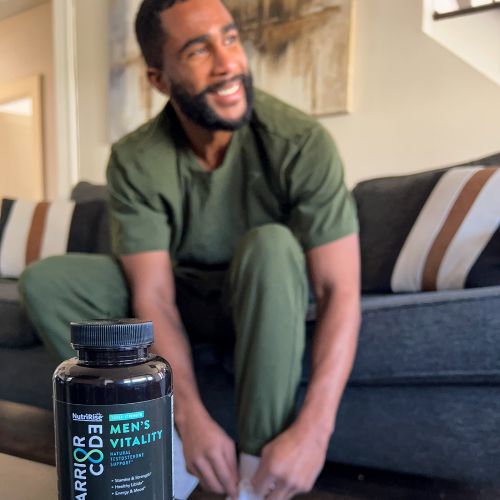3. Mindful breathing techniques like box breathing
Box breathing or square breathing is a simple and effective mindfulness technique that can help you manage stress and anxiety.
This technique involves breathing in for a certain number of counts, holding your breath for the same number of counts, exhaling for the same number of counts, and then holding your breath again for the same number of counts.
By focusing your attention on your breath and regulating your breathing in this way, you can calm your mind and body and reduce stress and tension.
Here are the instructions for box breathing:
-
Find a comfortable place to sit or lie down where you won't be disturbed.
-
Take a few deep breaths to help you relax and settle into the present moment.
-
Begin to inhale slowly and deeply through your nose, counting to four as you breathe in. Allow your chest and belly to expand fully as you inhale.
-
Hold your breath for four counts, keeping your lungs full of air.
-
Exhale slowly and fully through your mouth, counting to four as you breathe out. Allow your chest and belly to contract fully as you exhale.
-
Hold your breath for four counts with your lungs empty.
-
Repeat this cycle of breathing in, holding, breathing out, and holding again for several minutes, or as long as you like.
-
As you focus on your breath and regulate your breathing in this way, you may notice that your mind becomes more calm and still. Allow yourself to simply rest in this state of awareness for as long as you like.
- When you are ready to end the exercise, take a few deep breaths and slowly open your eyes.
You can also use visualization to make this mindfulness tool more effective. The box represents the four stages of the breathing cycle: inhaling, holding, exhaling, and holding again.
As you inhale, imagine tracing the first line of the box, and hold your breath as you trace the second line. Then, exhale as you trace the third line of the box, and hold your breath again as you trace the fourth line. You can continue to visualize the box as you repeat the cycle of breathing in, holding, breathing out, and holding again. This visualization can help you stay focused and regulate your breathing more effectively! Awesome, right?
4. Use a mindfulness app
Ultimately, the goal of mindfulness is to live more mindfully in all aspects of our lives. This means paying attention to our thoughts and feelings, as well as our actions and behaviors. By practicing mindfulness regularly, we can understand our minds' inner workings and become more attuned to our own needs and desires.
One tool that can be helpful for those looking to incorporate mindfulness into their daily routines is a mindfulness app. These apps offer a range of guided meditations, body scans, and other mindfulness exercises that can help you to develop a regular meditation practice and stay focused on your mindfulness goals. One such app is the Retreat Sounds app.
The Retreat Sounds app is designed to help users create a calming and peaceful environment for meditation and mindfulness practice.
The Retreat Sounds app includes a range of guided meditations and mindfulness exercises that can help you to develop a regular meditation practice and stay focused on your mindfulness goals, along with binaural beats and masterclasses with leading experts.
Whether you're a beginner or an experienced meditator, these exercises can help you to deepen your practice and experience the many benefits of mindfulness.


































